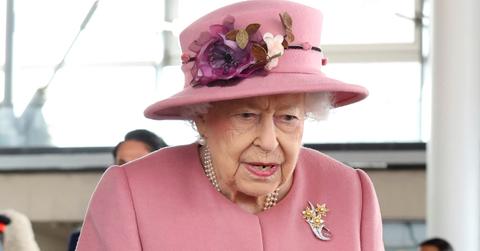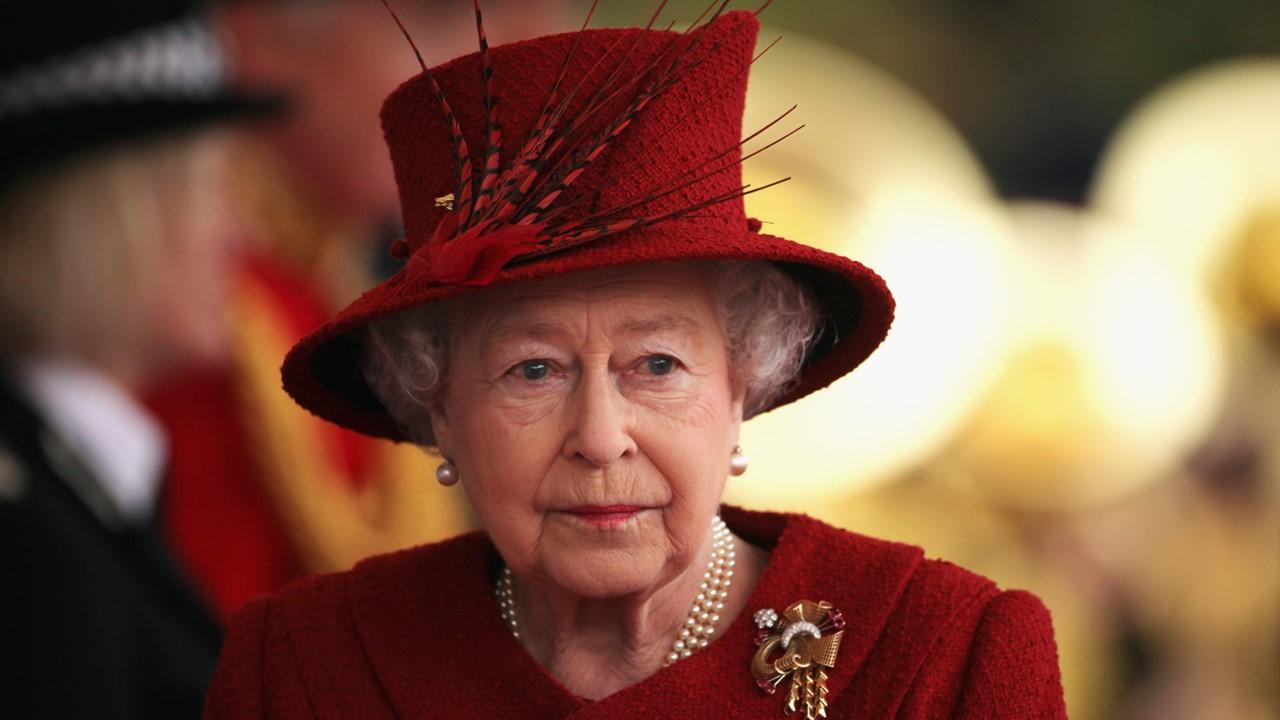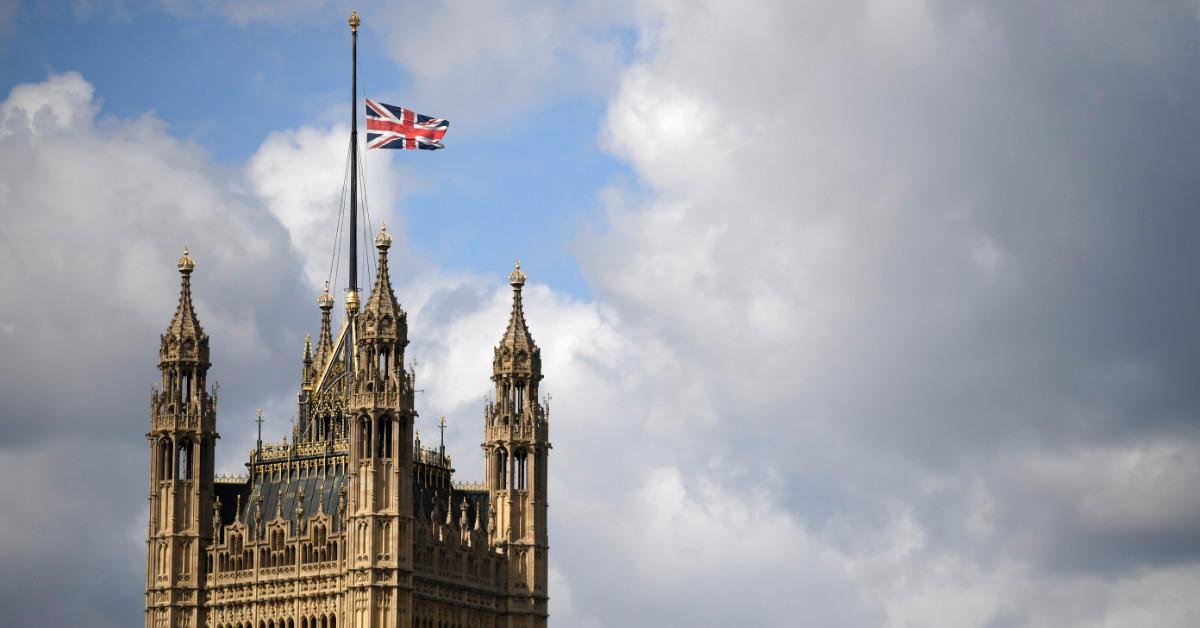Amid Queen Elizabeth II's Failing Health, What Happens When She Dies?
In the past year, Queen Elizabeth II's health has been declining. What happens when the queen dies? The U.K. government has a plan called "Operation London Bridge."
Sept. 8 2022, Updated 9:57 a.m. ET

British monarch Elizabeth II celebrated her Platinum Jubilee in June 2022, the 70th anniversary of her ascension to the throne. Over the past few years especially, the queen has been dealing with various health issues. As reported by Today in November 2021, Prince Charles discussed the queen's health issues. He said, “Once you get to 95, it’s not quite as easy as it used to be,” he added. “It’s bad enough at 73.” What happens when the queen dies? The U.K. government already has a plan in place.
Politico Europe detailed that plan, codenamed “Operation London Bridge,” in Sept. 2021 after obtaining a series of documents about the protocol. The documents show “the extraordinary level of action required by all arms of the British state, including a vast security operation to manage unprecedented crowds and travel chaos,” Politico Europe’s Alex Wickham writes. Here are some details from those files.
New concerns have emerged about Queen Elizabeth's health.
As of early September 2022, there are new concerns about the monarch's health. For months, she has had to cancel engagements due to health and mobility issues. The queen has also done many engagements over Zoom when possible.

On September 8, 2022, it was announced that doctors are concerned about the queen's health. She is currently under medical supervision and is resting "comfortably" at Balmoral, as reported by The New York Times. According to reports, most of the queen's immediate family has rushed to her bedside. Charles, Prince William, and even Prince Harry are said to be at Balmoral or heading there as quickly as possible. It's rare for statements to be made about the queen's health, so these updates are alarming.
The queen has led a long and mainly healthy life devoted to her country. When she does pass away, her death will be felt globally and undoubtedly cause a shift in the monarchy. Keep reading for all of the details about will happen when the queen dies.
On “D-Day,” a call cascade will deliver the news to ministers, the prime minister will address the public, and the royal family will announce funeral plans

Just after the queen’s death — on a day called “D-Day” internally — her private secretary will call the prime minister, currently Liz Truss, and the Privy Council Office with the news as part of a “call cascade.” Permanent secretaries at each government department even have a script to follow in their calls to their ministers. “We have just been informed of the death of Her Majesty The Queen,” they will say in the phone calls.
That day, the royal family is expected to announce plans for a funeral 10 days hence. The prime minister will also make a public statement about the news and be the first government member to do so.
The following day, Charles will be proclaimed king, and he’ll meet with the prime minister and cabinet before touring the U.K.
The day after the queen’s death, “D-Day+1,” the Accession Council will convene at St. James’s Palace to proclaim Charles as king, and the proclamation will be read at both the palace and the Royal Exchange in London. That afternoon, at 3:30 p.m., the prime minister and cabinet members will meet with Charles.
Two days later, on the afternoon of “D-Day+3,” Charles will start a tour of the U.K., traveling to Scotland, Northern Island, and Wales for various memorials over the next four days. Two days after that, a ceremonial procession will carry the queen’s coffin from Buckingham Palace, her official residence, to the Palace of Westminster so that the queen can lie in state at Westminster Hall.
As the queen lies in state, an influx of mourners could make London “full” for the first time
In the Operation London Bridge documents, the Department for Transport warns about overcrowding in London, as hundreds of thousands of mourners may travel to the city to pay their respects. “In a striking assessment of the scenes that could unfold, one memo warns of a worst-case scenario in which London literally becomes ‘full’ for the first time ever … with accommodation, roads, public transport, food, policing, healthcare and basic services stretched to breaking point,” Wickham writes.
Finally, a state funeral will be held at Westminister Abbey on “D-Day+10,” with a two-minute moment of silence around midday. Following the state funeral and a committal service in St. George’s Chapel at Windsor Castle, the queen will be laid to rest at Windsor Castle’s King George VI Memorial Chapel.
